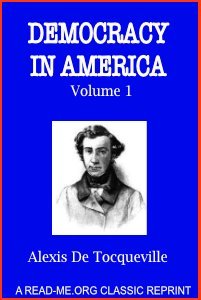By Keir Monteith K, et al.
As Bobb-Semple highlights, the entrenched racism of the British establishment did not disappear post emancipation. Judicial racism in the criminal courts is pronounced when looking at sentencing practices. The Lammy Review comprehensively lays bare this truth, reporting the results of a 2016 Ministry of Justice review of Crown Court sentencing for three groups of offences – offences involving acquisitive violence, sexual offences and drugs offences. Confirming what many in affected communities had long since suspected, this review found that “[u]nder similar criminal circumstances the odds of imprisonment for offenders from self-reported Black, Asian, and Chinese or other backgrounds were higher than for offenders from selfreported White backgrounds.” Starkly, it also found that “[w]ithin drug offences, the odds of receiving a prison sentence were around 240% higher for BAME offenders, compared to White offenders.” The systemic inequality and biases in the legal profession are reflected in the make-up of our judiciary. Nationally, only 1% of judges are Black, while 5% are Asian and 2% are mixed ethnicity and 1% were individuals with ethnicity other than Asian, black, mixed or white.5 And there is a big difference: between the junior and senior judiciary. While the junior judiciary is slowly diversifying - I stress slowly - the senior judiciary is not, and remains overwhelmingly white, and overwhelmingly from privileged backgrounds. In fact, there are currently no Black judges in the High Court, Court of Appeal or Supreme Court. Not one.
2022. 40p.





